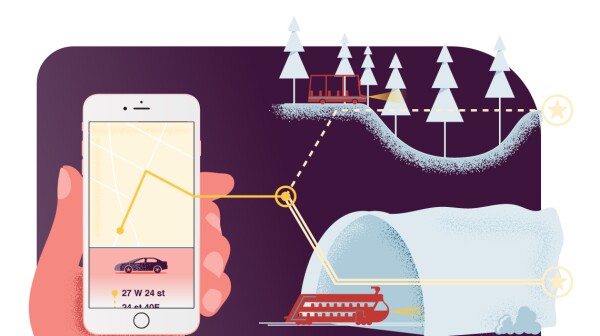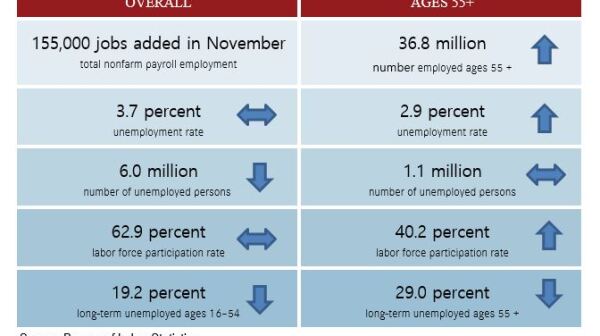AARP Eye Center
CLOSE ×
Search
Popular Searches
- right_container
- Health
- Money
- Work & Jobs
- Social Security
- Medicare
- Caregiving
- Games
- Travel
- More...
- Entertainment & Style
- Family & Relationships
- Personal Tech
- Home & Living
- Auto
- Staying Sharp
- Podcasts
- Videos
Long-term services and supports (LTSS), also known as long-term care, is a reality of life, touching almost everyone in some way. These services are often particularly essential for people with chronic health conditions or disabilities to manage daily activities and maintain their quality of life.…
Within a decade, the U.S. population will consist of more adults over 65 than children under 18. To prepare for rapid population aging, Age-friendly Community (AFC) programs across the country are helping towns, cities, counties, and states transform their communities into great places to grow up…
“If it wasn’t for SNAP, I don’t know what we would do.” – 61-year-old AARP survey participant
Living an active lifestyle is a fun way to maintain a healthy mind and body.
With already-available technology, every provider of door-to-door transportation service become linked
Open data and strong data security are key elements that can accelerate the pace of development of mobility as a service (MaaS)
The unemployment rate remained unchanged for the third consecutive month at 3.7 percent, according to the Bureau of Labor Statistics’ November Employment Situation Summary.
At AARP's Public Policy Institute, we are focused on both understanding all of the issues around Alzheimer’s and providing concrete solutions for people
A newly implemented work requirement policy for Medicaid in Arkansas is being challenged in court for not promoting providing access to health insurance coverage for low-income individuals
Lower hearing aid costs will be good news for consumers, especially seniors with hearing loss
To better equip caregivers to meet these demands, AARP's Home Alone Alliance offers resources and instruction for caregivers
The 10th edition of the Across the States: Profiles of Long-Term Services and Supports has been recently released
You’ve probably heard of diabetes—but what about prediabetes? Prediabetes is a condition where blood sugar levels are high, but not high enough to qualify as diabetes. While almost half of older adults have prediabetes, nearly nine out of ten don’t know they have it. That’s why having this…
Search AARP Blogs
Recent Posts


































































